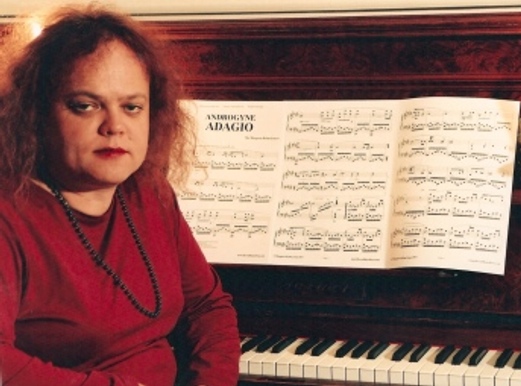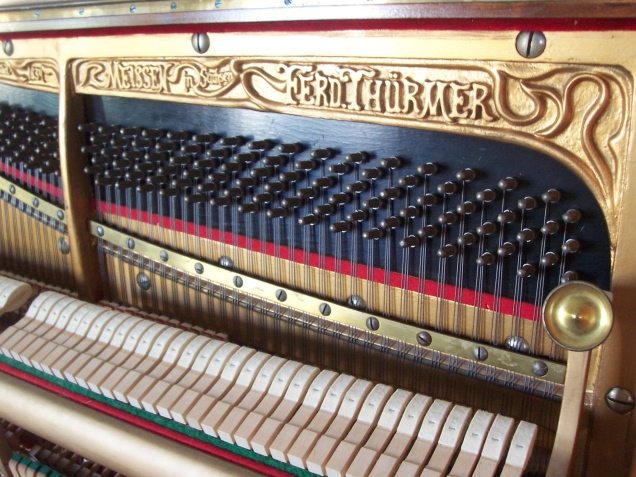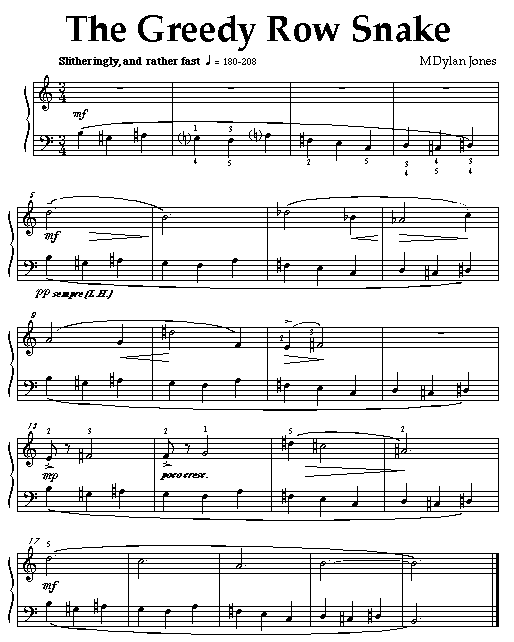
Online Piano Resources
Professional Services
All About Margaret
My sites
PIANO PAGES HOME
SINGING SITE HOME
RESOURCE REVIEWS HOME
Combined Entry Portal
Site List
BLOG
Mix Margaret Dylan Jones
W.A. composer, pianist, teacher, article writer
Piano Sheet Music
Page in progress.
Original piano music to enjoy, plus my educational piano music that students love to play (no BS there, students from about age
7 to 70 really enjoy these little pieces).
If you're a teacher you may remember The Greedy Row Snake, from Child's Play. It sold over 23,000 copies when it was in the AMEB's grade one exam book. Prayer of the Swinging Mantis is in the current syllabus (2015) and is also published by the AMEB. You can hear me play these and other original pieces at Sound Cloud.
Sorry, no other links currently at this new site. For links to old printable samples of the music scores, see my old site: http://www.members.tripod.com/~Hovea_Music_Press/JonesMDBiog.html
These scores were also published by Hovea Music Press... Five works are available through other publishers (see my works in print.)
Original piano music to enjoy
Androgyne Prophecy (1977)
Used on the George Negus Tonight ABC television programme, 20 July 2004 in a profile of my life as an androgyne. They featured me playing my Thurmer piano.
The GNT film crew were quite smitten with this four minute piece. I wrote it in mid-1977 when I'd just turned sixteen years old, but it is more sophisticated than I was! Think 'Beethoven's Moonlight Sonata meets Cavatina from The Deer Hunter.' Everyone loves this work. (Formerly titled Androgyne Adagio.)
Sonatina (1981, rev. 1998)
Not everyone loves this work. Very dark and written at a time of personal crisis, this was originally titled "Visions" but because it's so much concerned with some sort of struggle or conflict and resolution I renamed it "Sonatina." Rather than a contrast between two or more tonal or key centres the contrast here is between a doleful G natural and the abyss, where there is no one note to which to relate other notes. This echos the sense of isolation often experienced by young people. In the coda there is a (prophetic) sense of partial resolution in the evocation of a Balinese gamelan percussion ensemble.
Educational piano music
Colourfast Piano Music
Music edited by Mark Coughlan, who at the time was a professor and Head of the School of Music, at The University of Western Australia.
"I particularly liked the way you inspire the young pianists to think about what they are learning and playing."From the pen of a piano teacher of many years' experience and a long time composer of educational music, these ten or so pieces help develop keyboard geography and musical imagination. Suitable for adults and children.
David Tunley, then also a professor of music at the University of WA, referring to Colourfast Piano Music.
Teachers may know my jazzy Prayer of the Swinging Mantis. It's in the AMEB's current (2015) syllabus for Preliminary Grade, re-published in the Piano Australian anthology (Preliminary - Fourth Grade).
From the PREFACE
These delightful and easy pieces will stimulate the imagination in both young students and older beginners. Their wide variety of style encompasses frequent use of F sharp and B flat, which are usually the first black notes that students need to learn. Common tasks are introduced, such as the use of triads or pedalling. Students of all ages will love the easy but engaging rhythms.
EASY QUESTION PROMPTS
Music teaching should involve a partnership between composer and teacher, and between these two and the student. Rather than try to "do everything" for the student and teacher, EASY QUESTION PROMPTS assist the creativity of both. Hence, the prompts are provided for the teacher as examples of ways to get the student thinking about the music.
Compositional insights are only useful if you work them out yourself. So question prompts are designed to engage a student's mind, almost effortlessly, on the task of getting into the meaning and emotion of a piece but without providing all the answers.
The use of EASY QUESTION PROMPTS makes learning easier, quicker, and a lot more fun. Often students give completely unexpected answers that are perfectly correct. Unexpected answers are marvellous--imagine the feeling of involvement and recognition a student feels when he or she finds something in the music which the teacher hadn't thought of!
Each piece also has suggestions for practise.
Teachers: please give your students the chance to really understand what their music is about. Explore these charming pieces in partnership with the composer.
Child's Play
"You have provided an attractive set of pieces to introduce them to contemporary music. What you have done shows the mark of a good musician and teacher."This set of varied and accessible pieces was written to introduce students and teachers to the 12-note technique and to compensate for a lack of such works in the teaching repertoire.
David Tunley, at the time a professor of music at the University of WA, referring to Child's Play.
Though the technique has been the basis of an enormous amount of music composed since the 1920s, and especially since the Second World War, there are few other sets of educational dodecaphonic or serial music.
Most other books of 12-note music are generally rather dry, not very appealing and not accessible to children or beginners. This new group of varied works dispels some myths e.g. that serial music must be dissonant, atonal, unpleasant, humourless, uninteresting and not stimulating to the imagination. The pieces demonstrate that the technique can inspire a composer to produce very musical works that are appealing to students.
Child's Play covers a range of levels from pre-Initial to about grade 6, and includes a trio where a young child can sit at the piano in between two older students, and play a previously-learnt solo which fits into a new piece (Alone in the Dark Forest, also given as a duet). The Greedy Row Snake is from Child's Play.
Please Note: several unauthorised recordings of The Greedy Row Snake were made available commercially. The composer suggests that all teachers and students use the printed music as their guide or recordings made or authorised by the composer, not unauthorised recordings of unknown accuracy. I can, however, highly recommend the recording by Brian Chapman, published by Tonart Productions.
A number of pieces from Child's Play are published by Currency Press in several volumes of Australian Piano Music, edited by Sally Mays. Some volumes are in the AMEB's exam list. See my works in print.
Jump Right Ins: piano starters and re-starters
Ideal for any student wanting to improve hand co-ordination and get off to a flying start, under the guidance of a teacher.
From the PREFACE
I believe music teaching should involve a partnership between composer and teacher, and between these two and the student. Rather than try to "do everything" for the teacher, I prefer to facilitate the teacher's own creativity and to respect the teacher's experience, ability, and need for creative input.
EASY QUESTION PROMPTS are provided as starters or examples to get the teacher & student thinking about the music...
If you've ever had students who could play only one hand at a time, you'll love these Jump Right Ins. These little pieces resulted from frustration with the poor hand co-ordination often displayed by students. They're attractive and easy, yet the hands are independent. Your students will wonder how they did it!
These little gems provide an ideal way to develop & maintain interest in the early stages.
- Co-ordinate at the very first lesson
- Transpose at the very first lesson
- Imaginative titles that spark the student's interest
- Suitable for almost any age from total beginners to about grade two
- Get them off to a flying start - prevent frustration setting in from co-ordination difficulties.
- Revive sagging enthusiasm in students who are struggling.
This is not a tutor book, but you will find it indispensable for the lower grades and beginners of any age from about 5 to 65 years.

